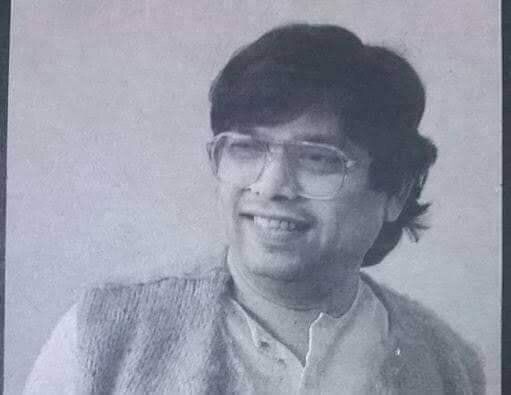
The Significance of 1972’s ‘Black Independence’ and Remembering Raja Dhale
It was the year 1972, India was celebrating its 25th Independence Day. On that same day, a young Dalit man had written ‘controversial’ article named -Black independence (Kala Swatantrya Din) in ‘Sadhana’ (Marathi weekly).
The man was Raja Dhale. But what made Dhale call for ‘black independence’ when countrymen were celebrating its 25th independence Day? Why the article was full of anger and pain?
A year before that, The Elayaperumal Committee’s report on Dalit atrocities was out. In that report, the findings, around 11,000 cases of atrocities nationwide against Dalits, including 1,177 murders, in a single year. Dalits women were being raped, stripped and paraded. Dalit men and women were assaulted for using a public water source, whipped for wearing good clothes, beaten up for wearing slippers. Labourers were intimidated and human excreta is thrown into water sources used by Dalits. The rising atrocities against Dalits made Dhale call for Black Independence.
In that same year, 1972, young minds, Namdeo Dhasal, J V Pawar founded the organisation called Dalit panthers to combat caste discrimination. Raja Dhale joined the organization. It was inspired by the Black Panther Party, a socialist movement that sought to combat racial discrimination against African Americans during the civil rights movement in the US (in 1966-82)
The members of Dalit Panthers, Namdeo Dhasal, J V Pawar, Arun Kamble, were young educated, literary figures, some of them were Neo-Buddhists.
This article by Dhale created great sensation and built recognition for the newly formed Dalit panthers. He was booked for the sedition charge too.
In that article, he commented on the social issues of that time, expressed deep pain for then increasing atrocities on Dalits. He used words like a needle, piercing one’s conscious.
“A Brahmin woman is not disrobed in Brahman gaon, but a Buddhist woman is. And what is the punishment for it? Imprisonment for one month or a fine of Rs 50! If a person does not stand up to show respect towards the national flag, the fine is Rs 300. The national flag is just a piece of cloth, a symbol in specific colours, yet disrespect towards it invites a heavy fine. But if a woman in flesh and blood worth her value in gold is disrobed, the fine is just Rs 50. What is the use of such a national flag? Is it to be shoved in the arse? A nation comes into being due to its people. Is the grief of showing disrespect to a symbol more than that of showing disrespect to people? What is more? The value of our dignity is not more than the price of a saree. Hence, such an offence should invite severe punishment. Or else, how will patriotism thrive?” (excerpt from the book by Pawar, J.V., Dalit Panthers: An Authoritative History)
The situation of Dalits in society is still not much changed in today’s India. A Dalit boy was murdered just because he had a song praising Ambedkar, as his ringtone on his phone. One was killed for riding a horse. Bapurao Tajne had to dig well in front of his house because the upper-caste owner of the well denied him drinking water. Recently Payal Tadvi had to commit suicide, a doctor, because of caste-based harassment on her campus. And there are many more.
He said in that, “25 years have passed, neither Agarkar’s reforms helped us nor Tilak’s Swarajya. Ambedkar’s path helped us on which we are trying to improve ourselves, but these people excommunicating us, assaulting our women. The way we, people, were getting beaten up by the Britishers then, in the same way, we are getting beaten up by the administration in our own democracy. Is this democracy?” He asked.
Dalit Panthers helped the whole generation to become confident enough to raise the voice against injustice. Filled that ideological vacuum which was formed in society soon after Ambedkar’s death. Much later, in an interview, Dhasal said, “The story of Dalit Panthers, is the story of failure. But it will a lesson for the coming generations. This fight is not over, it will not be over until the caste system in society does not end.”
Dhale was a painter first, then a poet, a writer and then an activist. He was true Ambedkarite. Always stood for annihilating caste. He also questioned people of his own community, was a hard critique of Kanshiram.
He passed away yesterday morning (16-7-19), the loss is personal. Finally, last Jay Bhim to him and his work.
“DALITISM IS NOT FINAL HUMANISM IS FINAL” – Raja Dhale
Author – Prashant Bhaware, he tweets at @ekkirdar




+ There are no comments
Add yours